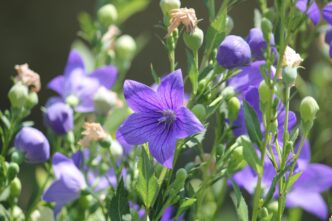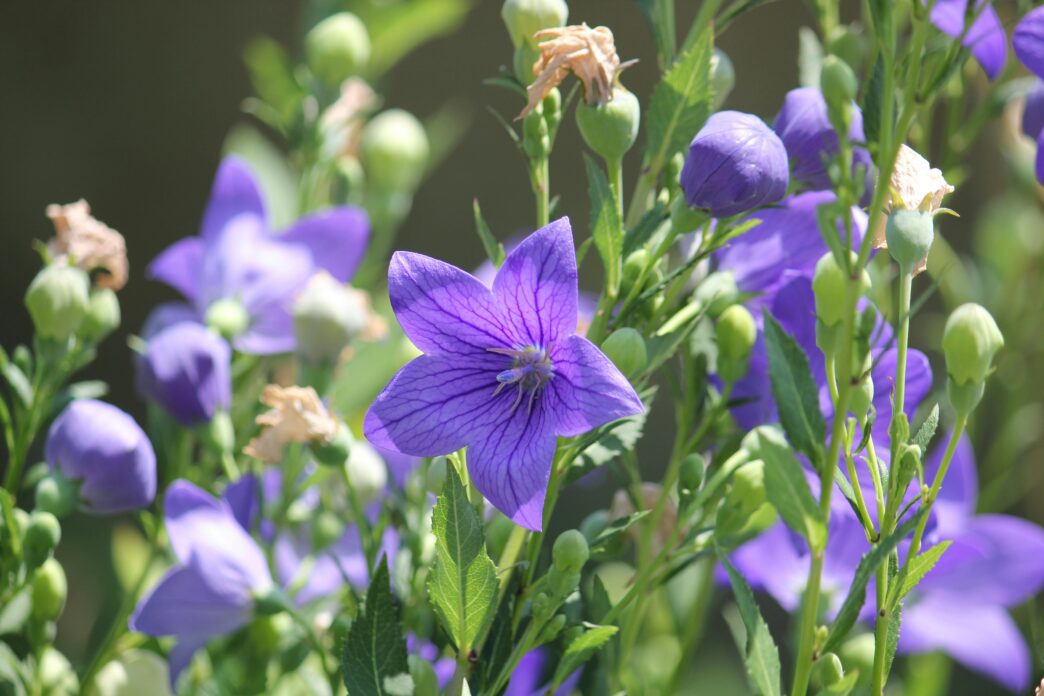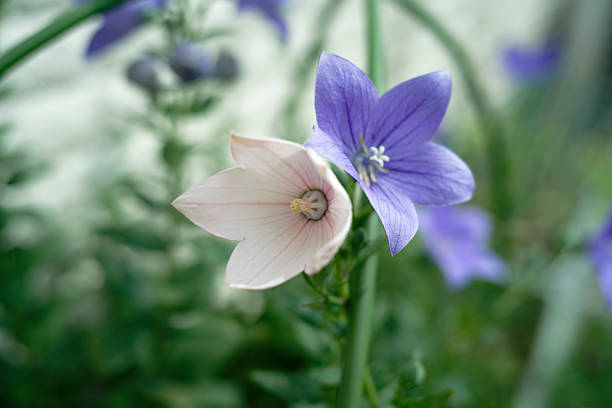
Grow and Care for Balloon Flower (Platycodon) in Your Garden
Gardens are meant to inspire wonder, and few plants do it as playfully as the balloon flower. Known scientifically as Platycodon grandiflorus, this perennial earns its name from the unique way its buds swell like tiny balloons before unfolding into star-shaped blooms. With colors ranging from deep violet-blue to pink and white, balloon flowers add both novelty and elegance to borders, rock gardens, and containers.
They are hardy, long-lived, and easy to grow once established making them perfect for both beginners and seasoned gardeners who want something a little whimsical. Let’s explore how to grow, care, and enjoy balloon flowers in your own garden.
What is the Balloon Flower? 🌸
Balloon flower is a member of the campanula (bellflower) family, native to East Asia. It is a herbaceous perennial, meaning it comes back year after year when grown in the right conditions. Mature plants typically reach 12–24 inches tall, forming tidy clumps with upright stems and oval leaves.
The true charm lies in its buds: as they mature, they puff up into balloon-like orbs before splitting open into five-petaled, star-shaped flowers. These blooms appear from mid-summer through fall, offering long-lasting color when many other perennials have faded.
Balloon flowers are not only ornamental but also valued in traditional Asian medicine. The roots are edible and have been used for centuries, though most gardeners grow them purely for their aesthetic appeal.
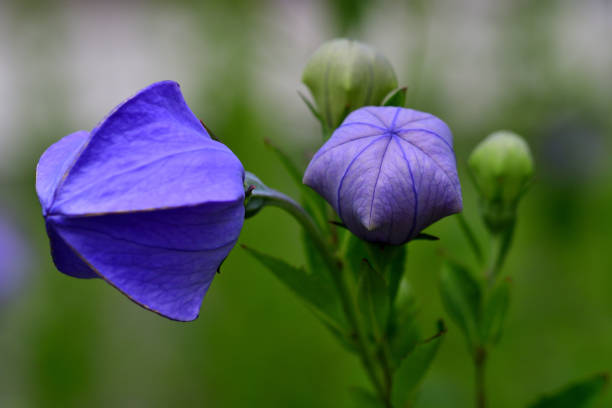
Ideal Growing Conditions 🌱
Balloon flowers are low-maintenance, but they do best when their growing environment is tailored to their needs.
- Soil: Loose, loamy, well-drained soil enriched with compost. Heavy clay soil should be amended to prevent waterlogging, as balloon flowers dislike soggy roots.
- Sunlight: Full sun to partial shade. In cooler climates, full sun brings out the best blooms, while in hot areas, afternoon shade helps prevent stress.
- Watering: Keep soil evenly moist during the first year. Once established, balloon flowers are relatively drought-tolerant, though they bloom more prolifically with regular moisture.
- Climate & Hardiness: Hardy in USDA zones 3–8, balloon flowers can tolerate both cold winters and warm summers. Mulching in late fall helps protect roots in colder regions.
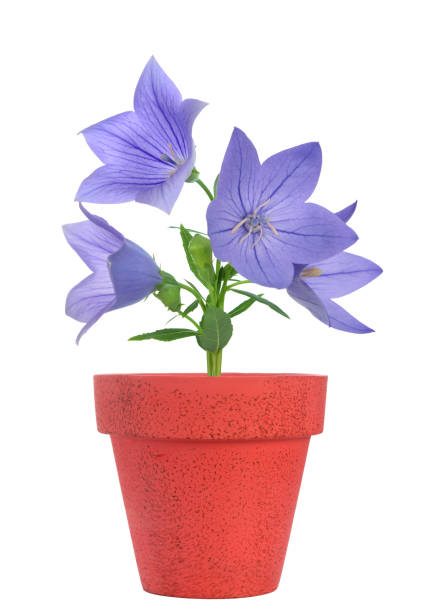
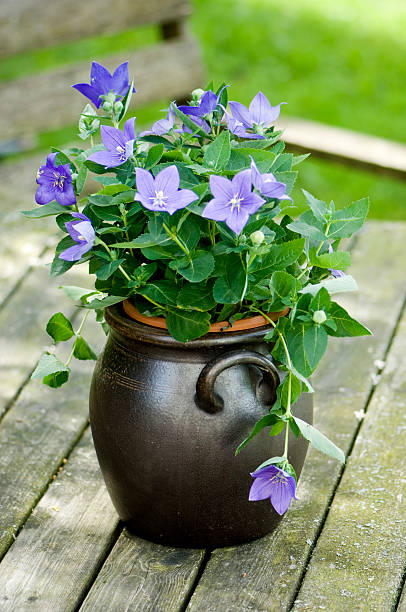
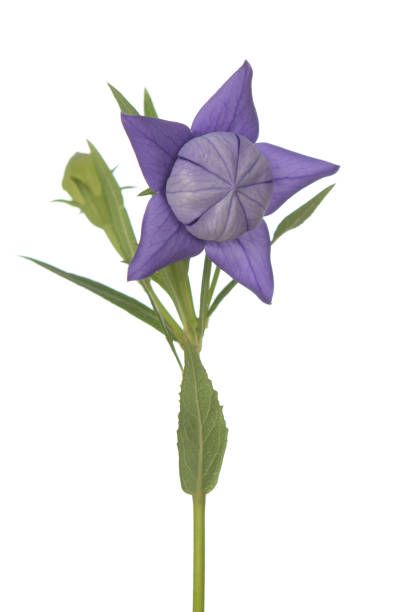
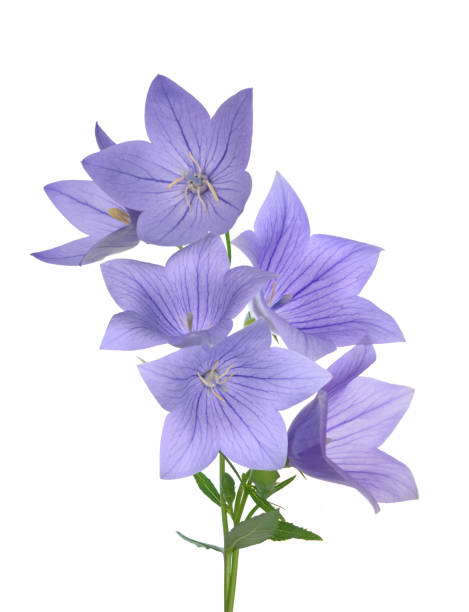
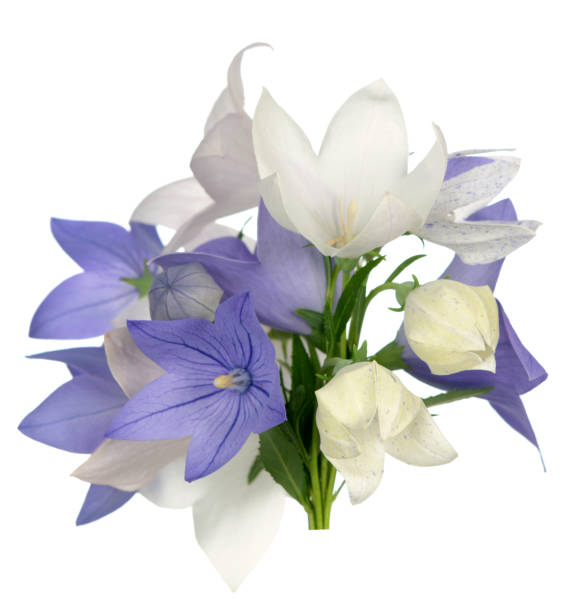
Planting Balloon Flowers
1. Starting from Seeds
- Sow indoors 6–8 weeks before the last frost.
- Lightly press seeds into the soil surface without covering, as they need light to germinate.
- Maintain temperatures around 65–70°F. Germination usually takes 2–3 weeks.
- Transplant seedlings outdoors once frost danger has passed.
2. Using Nursery Plants
For quicker results, many gardeners prefer nursery-grown seedlings. Plant them 12–18 inches apart to allow for clump formation.
3. Planting Location
Choose a well-drained spot with good airflow. Balloon flowers have deep taproots, so avoid areas where frequent transplanting might be necessary — they prefer staying put once established.
Daily Care Tips 🌼
- Watering: Provide about 1 inch of water weekly, adjusting during dry spells. Deep watering is better than frequent shallow watering.
- Fertilization: Use a balanced, slow-release fertilizer in spring. Too much nitrogen leads to lush leaves but fewer flowers.
- Mulching: Apply a thin layer of mulch to retain moisture and suppress weeds, but avoid piling it against the crown.
- Deadheading: Removing spent blooms encourages new flowers and prolongs the season.
Seasonal Care Calendar 📅
- Spring: Plant seeds or transplants; apply balanced fertilizer.
- Summer: Enjoy blooms from July onward; deadhead regularly.
- Mid-Summer: Cut back leggy stems to promote fresh growth.
- Fall: Allow some seed pods to remain if you want self-seeding. Apply mulch before winter.
- Winter: Plants die back to the ground but re-emerge in spring. Avoid disturbing soil where roots are resting.
Pruning and Maintenance ✂️
Balloon flowers generally maintain a neat growth habit, but pruning can help them look their best:
- Pinching Young Plants: Pinch back the tips of young seedlings to encourage bushier growth and more flower stems.
- Cutting Back: After the first flush of blooms, cut stems back by one-third to stimulate new buds.
- End-of-Season Cleanup: Once frost kills the foliage, cut stems to the ground. The plant will return the following spring.
Propagation of Balloon Flowers
1. By Seeds
Collect seeds from dried pods at the end of the season. Sow indoors in early spring or scatter directly in the garden after frost. Note that balloon flowers may take a year or two to bloom when started from seed.
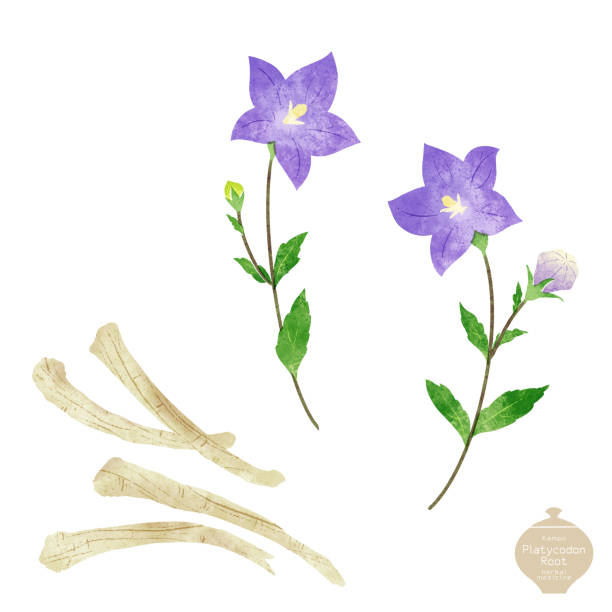
2. By Division
Though possible, division is not ideal because balloon flowers develop deep taproots that do not like disturbance. If dividing, do it in early spring with great care.
3. By Cuttings
Take softwood cuttings in spring, dip in rooting hormone, and plant in moist soil until roots form. This method works but requires patience.
Common Pests and Problems 🐞
Balloon flowers are remarkably pest- and disease-resistant, but a few issues can arise:
- Slugs & Snails: May nibble on tender seedlings. Use barriers or organic pellets.
- Root Rot: Caused by poorly drained soil; ensure proper planting conditions.
- Powdery Mildew: Rare but possible in humid conditions. Improve airflow and avoid overhead watering.
- Winter Heaving: In colder climates, freeze-thaw cycles can push roots out of the ground. A protective mulch layer helps prevent this.
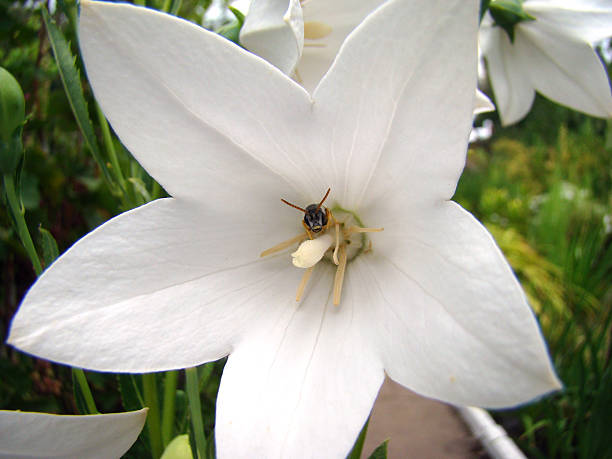
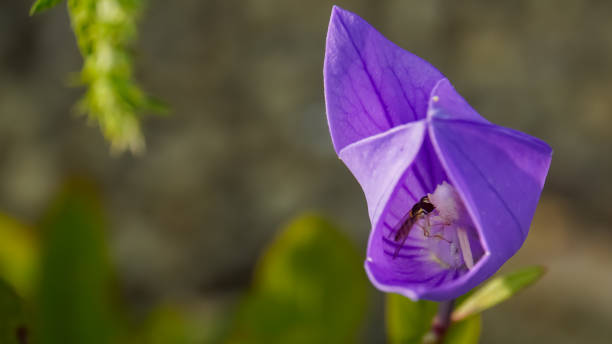
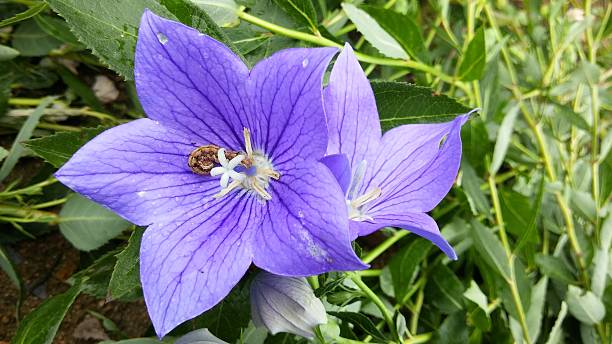
Expert Tips for Success 🌟
- Balloon flowers are late to emerge in spring — don’t mistake them for dead plants! Mark their location to avoid accidental digging.
- Because of their deep roots, choose a permanent spot and avoid frequent transplanting.
- Pair balloon flowers with perennials like daylilies, coneflowers, or shasta daisies for a long-blooming, pollinator-friendly display.
- Compact varieties are perfect for containers, while taller ones make striking border plants.
- Leaving some spent blooms to form seed pods adds an ornamental touch and allows for natural reseeding.
Frequently Asked Questions (FAQs)
1. Are balloon flowers perennials or annuals?
They are hardy perennials, returning year after year in the right zones.
2. When do balloon flowers bloom?
They typically bloom from mid-summer through fall, with flowers lasting several weeks.
3. Do balloon flowers need full sun?
They bloom best in full sun but tolerate partial shade, especially in hot regions.
4. Are balloon flowers invasive?
No, they are well-behaved perennials that form neat clumps without spreading aggressively.
5. How long do balloon flowers live?
With proper care, they can thrive for many years, often becoming more beautiful as they mature.
Conclusion: A Touch of Whimsy for Your Garden 🎈
If you want a perennial that combines charm, durability, and low maintenance, the balloon flower is a perfect choice. From its enchanting “balloon” buds to its starry blooms, this plant offers months of beauty and a touch of magic to your garden.
With well-draining soil, full sun, and simple seasonal care, balloon flowers will reward you with years of reliable color. Whether planted in borders, containers, or cottage gardens, they bring both elegance and fun to any landscape.
So go ahead — plant a few balloon flowers, and let your garden surprise you with its playful blooms year after year. 🌸✨
